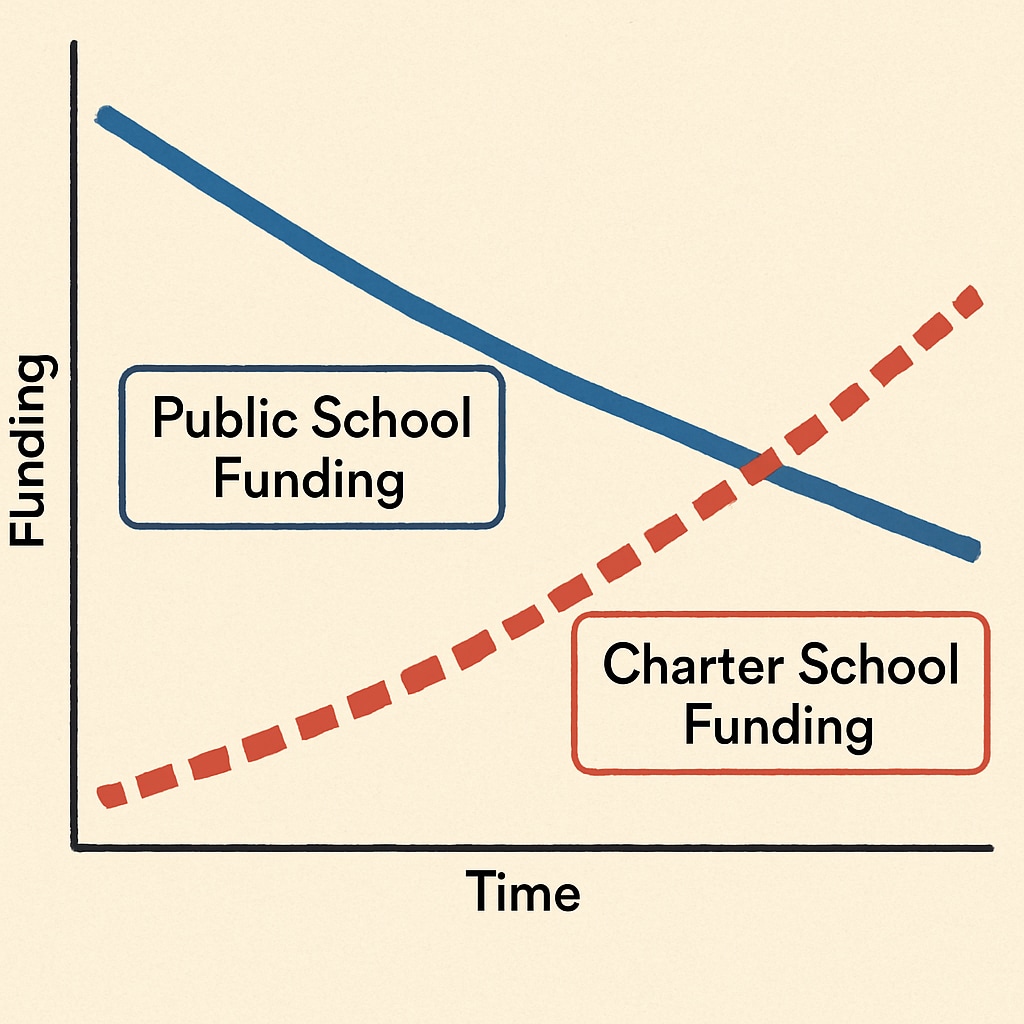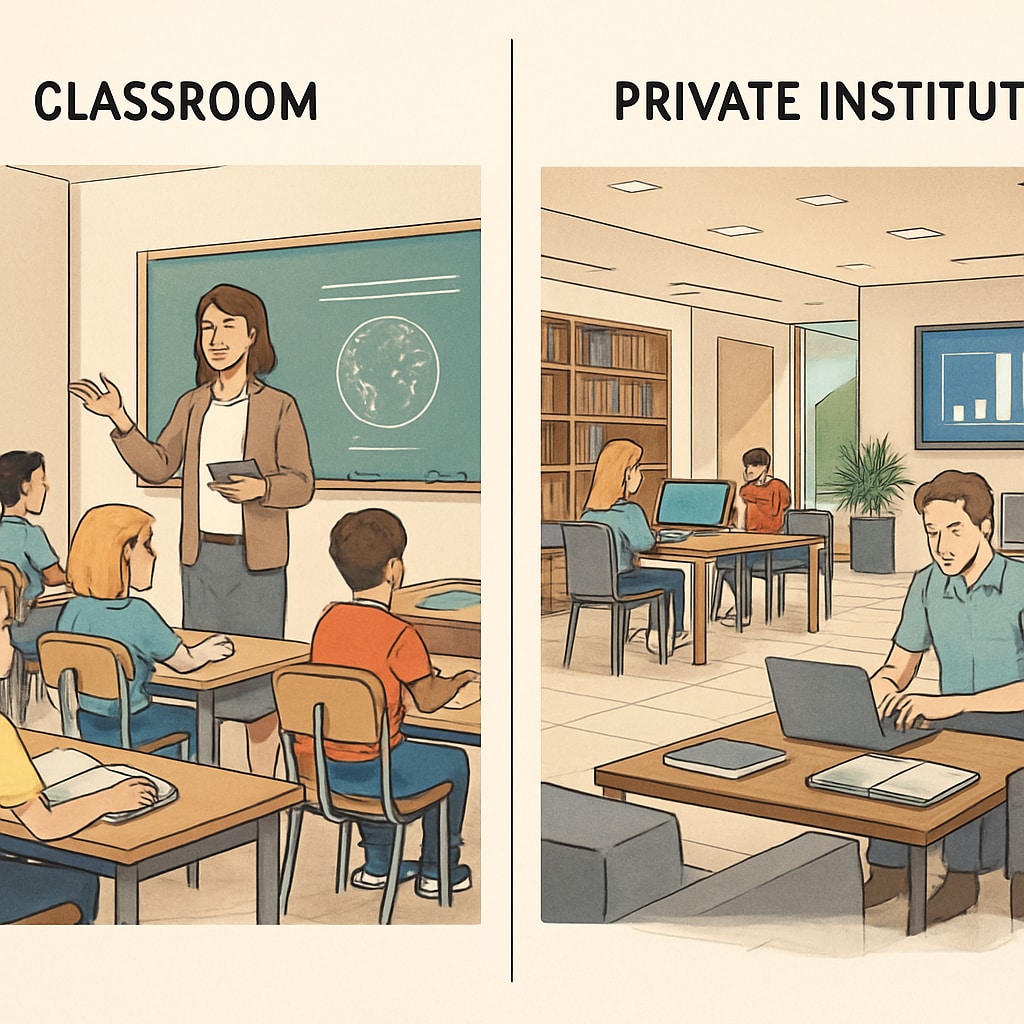Education funding has long been a critical issue, but recent developments involving organizations such as “Stand For Children” have raised questions about its allocation. Through carefully orchestrated initiatives, public education resources are being redirected to private institutions in a process that threatens the foundation and future of public education. This hidden privatization trend has led to budget shortages in public schools, teacher layoffs, and a growing disparity in educational equity.
How Public Funding is Quietly Redirected to Private Institutions
The process of reallocating public education funds often begins under the guise of “education reform.” Organizations like Stand For Children champion policies that promise better outcomes for students while subtly shifting financial resources away from public schools. These initiatives frequently involve promoting charter schools, voucher systems, and other privately managed programs that rely heavily on public funding.
While these reforms are often presented as solutions to failing school systems, they come at a significant cost: public schools are left underfunded, unable to retain experienced teachers, or provide adequate resources for their students. This creates a cycle where public institutions struggle, further justifying the need for privatized alternatives.

Consequences of Diverting Public Education Funds
The redirection of public funds toward private institutions has far-reaching consequences. Here are some of the most notable impacts:
- Budget Shortages: Public schools lose critical funding, leading to cuts in vital programs such as arts, sports, and special education.
- Teacher Layoffs: Reduced budgets force schools to lay off experienced educators, undermining the quality of education.
- Widening Inequality: Students from low-income backgrounds suffer the most, as their schools are disproportionately affected.
In addition, the privatization of public education often undermines community involvement. Public schools serve as local hubs, fostering collaboration among parents, teachers, and administrators. Privatized institutions, by contrast, prioritize financial performance over community engagement.

Stand For Children: Reform or Privatization?
“Stand For Children” is a well-known advocate for education reform, but its role in promoting privatization has sparked controversy. By supporting policies that favor charter schools and voucher systems, the organization indirectly channels public funds into private hands. Critics argue that these efforts prioritize corporate interests over the needs of students and their communities.
For example, voucher programs allow parents to use public funds to enroll their children in private schools, effectively reducing the financial support available for public institutions. Similarly, charter schools—though publicly funded—operate independently, often with less transparency and accountability. These systems not only divert funds but also erode the democratic oversight that public schools traditionally provide.
Protecting the Future of Public Education
To safeguard the values of equity and accessibility in education, it is essential to address the systemic issues caused by the redirection of public funds. Policymakers, educators, and communities must collaborate to ensure that reforms prioritize public schools rather than undermine them. Some potential solutions include:
- Increasing Transparency: Require detailed reporting on how education funds are allocated and spent.
- Strengthening Public Oversight: Empower local communities to have greater control over education policies and funding decisions.
- Investing in Public Schools: Allocate more resources to improve infrastructure, hire qualified teachers, and expand programs.
By focusing on these measures, we can counteract the privatization trend and reaffirm the importance of public education as a pillar of democratic society.
Readability guidance: The article uses short paragraphs, organized lists, and clear transitions for improved readability. Active voice is emphasized, and jargon is minimized to ensure accessibility for a broad audience.


